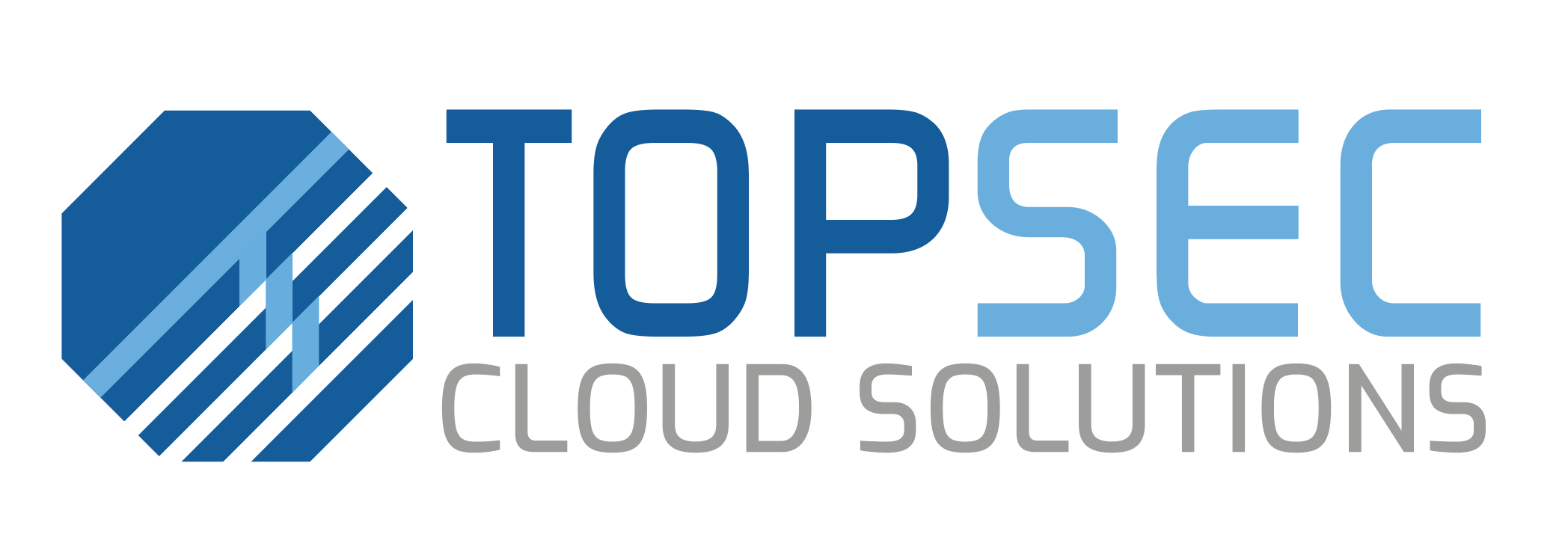Topsec Explorium: Key cybersecurity trends and insights
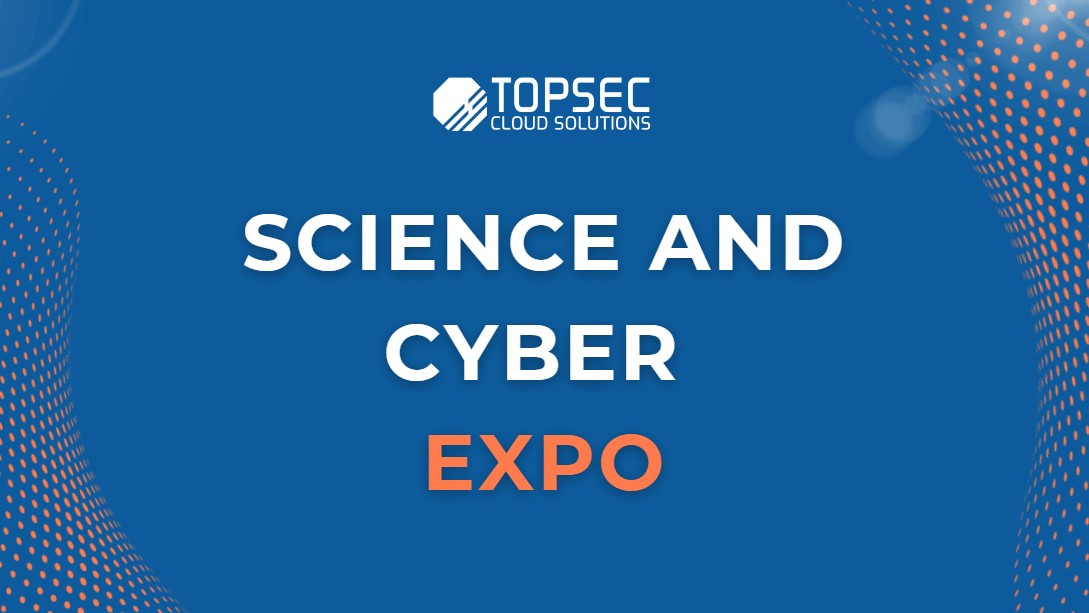
Managing supply chains, securing communication channels, particularly email, is paramount to safeguarding sensitive data and maintaining operational resilience. It cannot be overstated that email security for supply chains needs to be an essential focus for firms operating in this space.
The rising threat of AI and deepfake scams in cybercrime
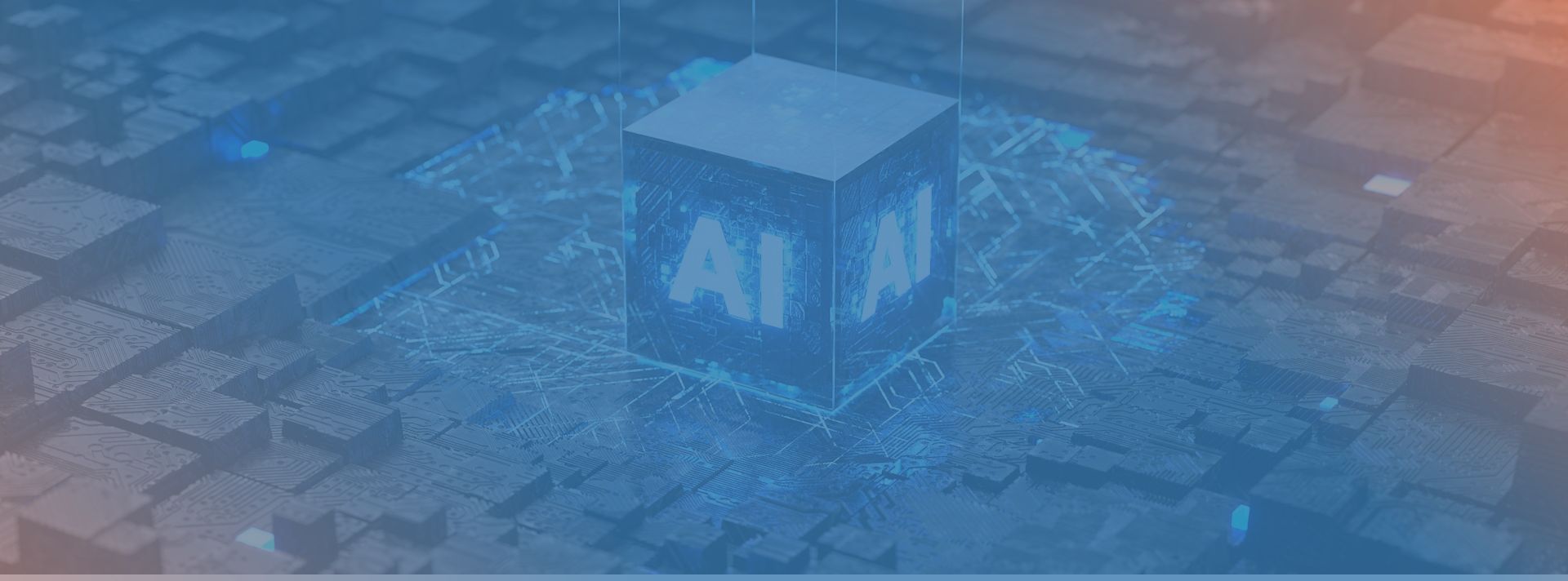
While AI has many benefits to different types of industries. AI has also given rise to new and well thought out, deep fake scams that have led to devastating situations for companies.
Online Risks: What You Don’t See Could Hurt You
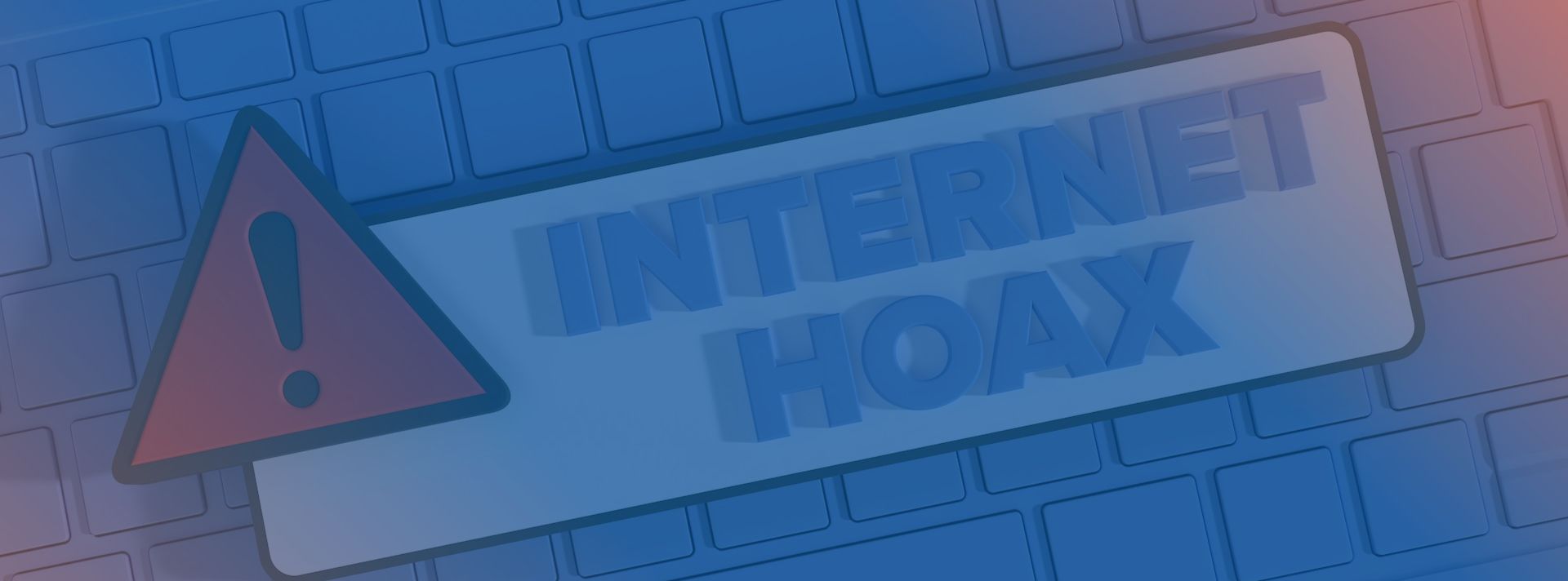
Online risks have always been present, with developments in technology and through the use of Gen AI, these risks are only getting worse. Know how to protect yourself from these online attacks.
How DMARC Is Still Critical and Why Regular Monitoring is Essential
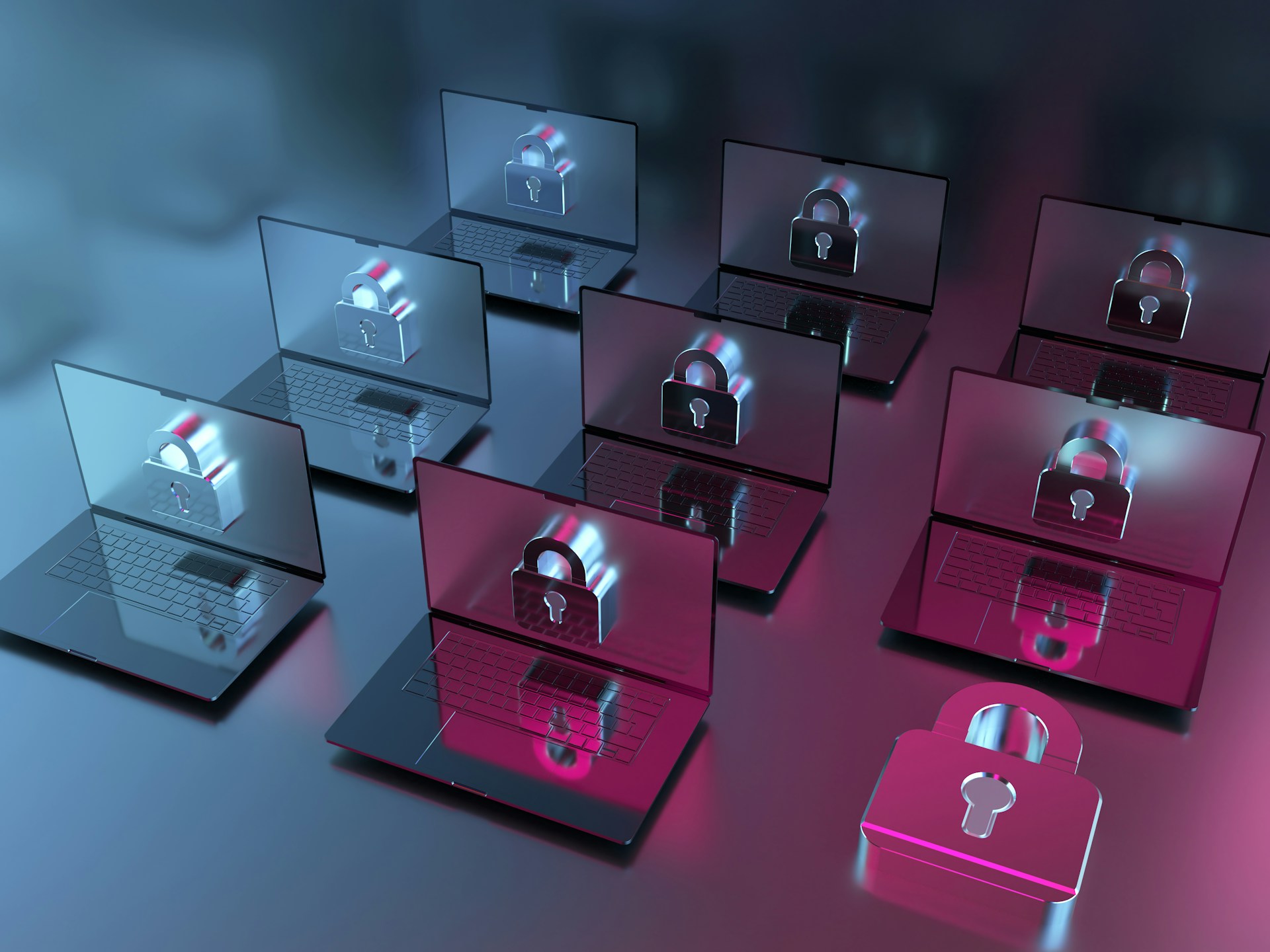
Learn why SPF, DKIM and DMARC are vital for email security, and why continuous monitoring is necessary to prevent phishing, spoofing, and email fraud.
Topsec’s Inbox Protect Silent Assessment – and Why You Need It

Test the credibility of your M365 email security solution. Topsec Inbox Protect enables you to run a silent assessment on your business to understand and access your organisation’s email security risk profile.
The comprehensive guide to Topsec’s Managed DNS Services

Topsec Managed DNS keeps your organisation safe from DNS-based threats. Explore Topsec’s Managed DNS services, offering advanced DNS management, security and analytics.
Crowdstrike: How a single point of failure brought down key services globally.
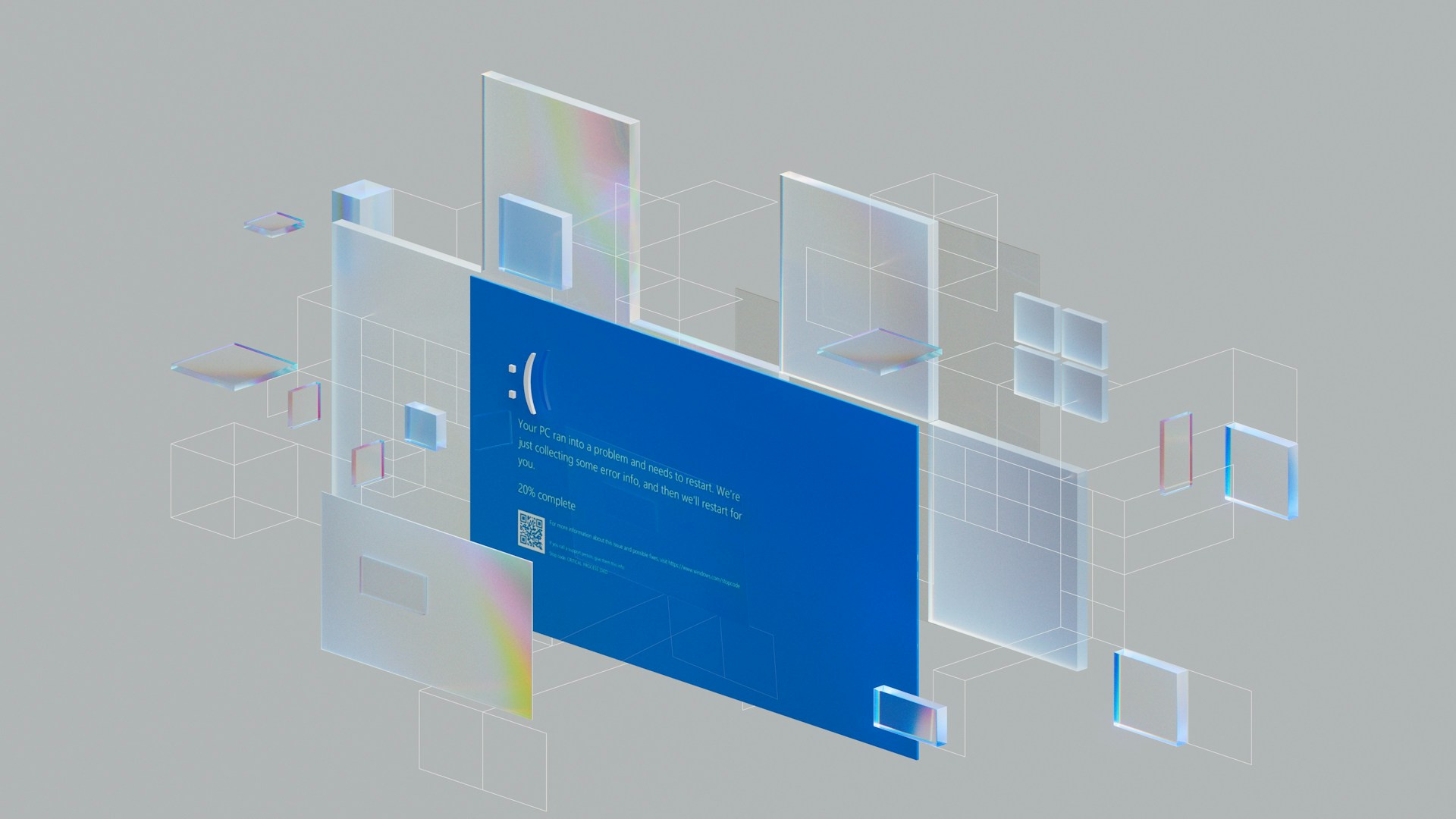
Crucial services are dependent on the internet and the cloud, from healthcare to money, from transport to communication. We’ve come to rely on technology so completely in such a short time, that there’s a certain uneasiness, which was highlighted by the CrowdStrike outage.
Phishing Attacks in Different Industries: A Comprehensive Overview

Phishing attacks have become a widespread cybersecurity threat, affecting organisations across all industries. These attacks involve tricking individuals into revealing sensitive information, often through deceptive emails or websites.
The Evolution of Phishing Awareness Training
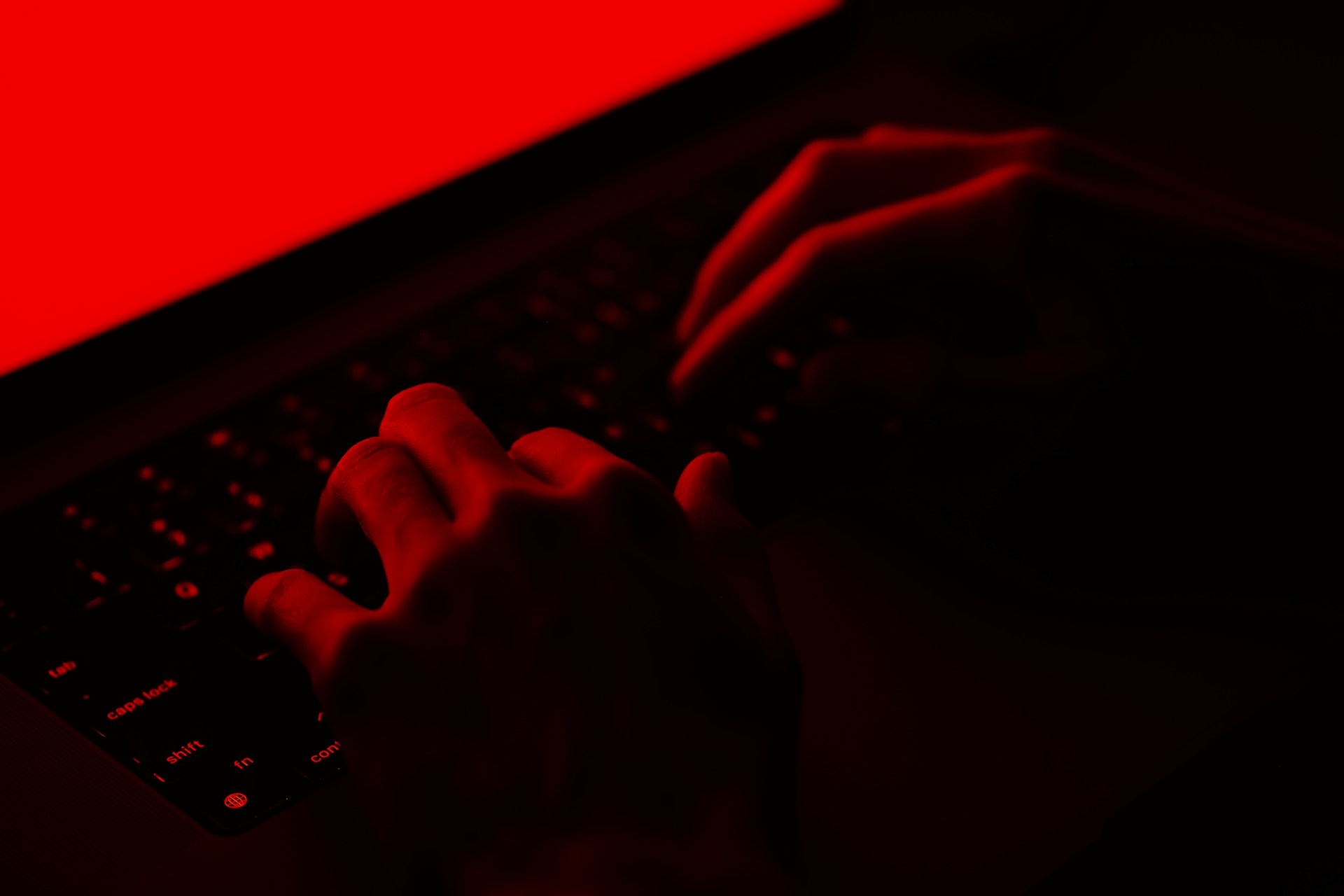
Phishing awareness training has evolved as hacking and phishing have grown in complexity.
Vishing (Voice Phishing): The Growing Threat and How to Protect Yourself

Learn about vishing, a type of voice phishing scam where fraudsters use phone calls to steal personal information. Discover how to protect yourself from vishing scams and stay informed with the latest cybersecurity tips to prevent fraud.
